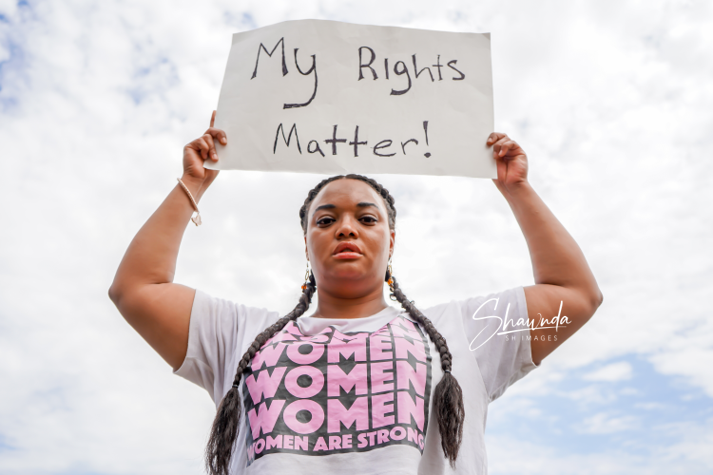In 2019, the United States of America and Ghana commemorated 400 years since Africans were brought to the United States of America in bondage. The NAACP called their commemorative trip Jamestown to Jamestown, beginning with a trip to Jamestown, Virginia and flying over to Jamestown, Accra. Ghana created a whole year of programming named Year of Return which according to Minister of Tourism, Arts and Culture, Mrs. Barbara Oteng-Gyasi boosted Ghana’s economy by $1.9 billion from 200,000 visitors[i] most of whom were members of the African Diaspora. Ghana is now creating an ongoing program, Beyond the Year of Return[ii] to further capitalize on the Diaspora’s tortured need to connect to the Homeland.
On August 19, 1619 a ship pulled into Jamestown, Virginia with twenty Africans. These men and women were sold in the first British human auction in North America. Because America has a very British-centric way of retelling its history, non-British colonial stories are marginalized and framed by tales of wars with Mexicans and Native Americans.
Spain began importing enslaved Africans from the Iberian Peninsula[iii], where they were taken after capture, in 1501. In August 1518, the king of Spain authorized direct shipment of captured Africans to the Americas[iv], putting an end to Spanish human trade holdovers in Europe. This drastically increased the enslaved populations throughout the Americas.
Black women of African descent are documented in Spanish settlements throughout the present-day states of Florida, New Mexico, and California. African men and women had long accompanied European travelers to the Americas on Spanish, Portuguese, and English expeditions[v]. The Spanish city of St. Augustine, Florida is viewed as the first permanent colonial city in what is now the United States of America. It was settled with enslaved African and Native labor in 1565. However, Santa Fe, New Mexico was established in what was formerly known as New Spain, in 1610. It is now the oldest state capital in the United States[vi].
In 1600, Isabel de Olvera, a free woman of African and Native descent living in Querétaro, Mexico[vii], joined a relief expedition to the recently colonized province of New Mexico. It is said she was traveling as a servant to a Spanish woman. Before leaving, she spoke an affidavit to declare her free status to the mayor of Querétaro, New Spain, don Pedro Lorenzo de Castilla. She had three witnesses standing with her, a free black man, a mestiza woman (mixed race), and an enslaved black woman and insisted on having a copy to carry with her at all times. Isabel’s statement, intended actions, as well as her witnesses illustrate the broad presence of slavery in North America at that point in time. It also highlights the legal standing of women in Spanish colonies no matter their legal statuses and heritage – 365 years before Black Women got the federal right to vote in the United States. Spaniard’s were moving Africans and their descendants around the America’s more than one hundred years before the United States acknowledges commoditizing and trading human beings within its current borders[viii].
With the cross-cultural and competitive histories of the colonizers, it’s amazing that the expressed sentiments of a Black Woman survives to this day. Isabel’s affidavit, a legal document in the historical archives of two countries – Mexico and the United States, is the oldest recorded example found of a Black Woman speaking up for herself in North America. Though her journey began in Mexico, she deemed the document necessary for her travel to New Mexico. She demanded justice and respect for her existence, singleness, freedom and future. The confidence embedded in her statement remains empowering and inspirational centuries later. May her character and determination lift our voices and strengthen our resolve.
I am going on the expedition to New Mexico and have some reason to fear that I may be annoyed by some individual since I am a mulatta, and it is proper to protect my rights in such an eventuality by an affidavit showing that I am a free woman, unmarried and the legitimate daughter of Hernando, a Negro, and an Indian named Magdalena . . .. I therefore request your grace to accept this affidavit, which shows that I am free and not bound by marriage or slavery. I request that a properly certified and signed copy be given to me in order to protect my rights, and that it carry full legal authority. I demand justice.[ix]
Isabel de Olvera
[i] https://travelnoire.com/lyft-driver-tells-story-viral-misunderstanding
[ii] motac.gov.gh/index.php?option=com_content&view=article&id=124&catid=13&Itemid=163
[iii] https://en.wikipedia.org/wiki/Slavery_in_the_Spanish_New_World_colonies#:~:text=In%201501%2C%20Spanish%20colonists%20began,and%20perhaps%20were%20even%20Christians.
[iv] https://www.history.com/news/transatlantic-slave-first-ships-details
[v] Nedra K Lee Chronology of Enslaved Women in America. Alford, Deleso A., and Berry, Daina Ramey. Enslaved Women in America: An Encyclopedia. United Kingdom, Greenwood, 2012.
[vi] https://en.wikipedia.org/wiki/Santa_Fe,_New_Mexico
[vii] blackpast.org/african-american-history/de-olvera-isabel/
[viii] https://www.nationalgeographic.org/interactive/slavery-united-states/
[ix] Birzer, D. (2007, January 19) Isabel de Olvera (?-?). Retrieved from https://www.blackpast.org/african-american-history/de-olvera-isabel/
